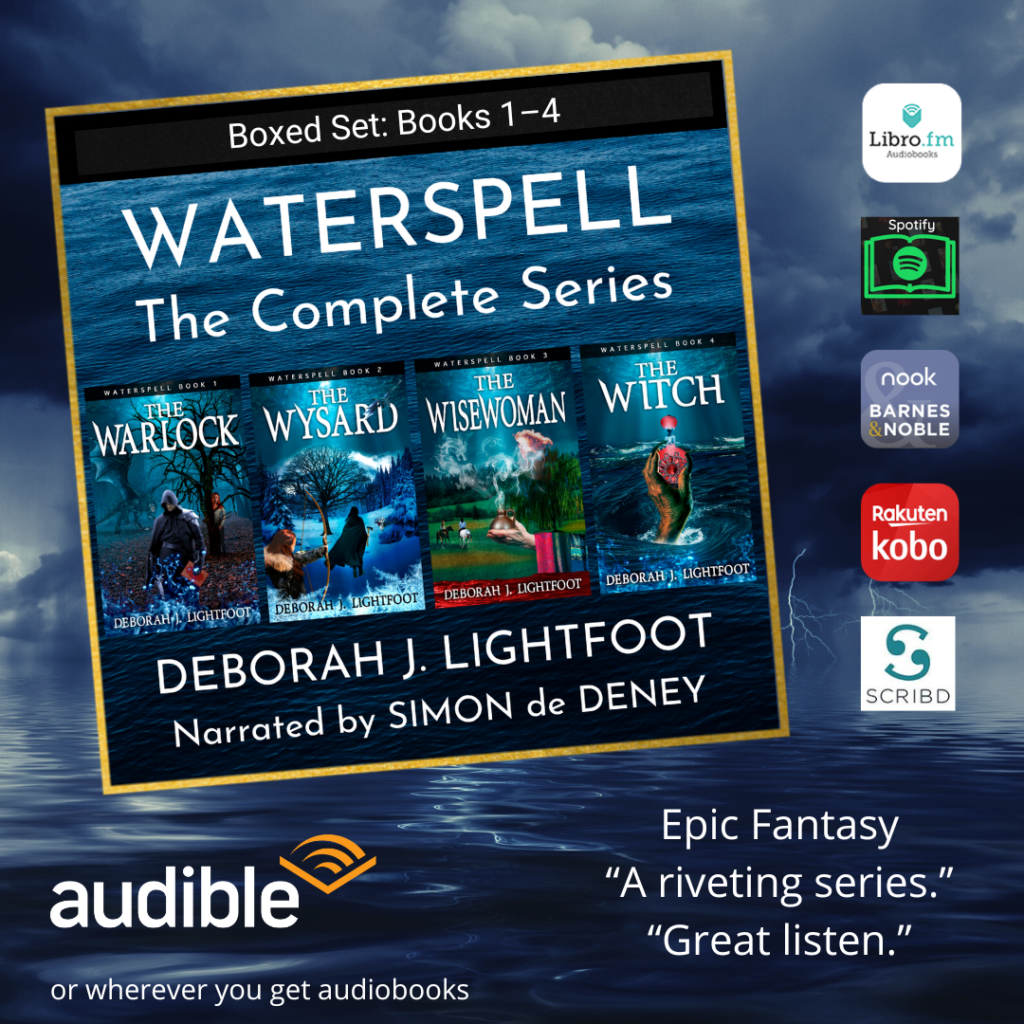
Photo by Marta Dzedyshko on Pexels.com
I spent much of the 2021 Memorial Day weekend attending (virtually) ConQuesT 52, the annual SF and fantasy convention presented by the Kansas City Science Fiction and Fantasy Society. The many interesting panel discussions included Neurodiversity in Star Trek; Trials and Tribulations of Running an Interstellar Space Station; Being Creative in 2020: Building Community, Visibility, and Audience in a Virtual World; and my personal favorite, “Food in Fantasy.”
That one got me thinking about the many ways in which food comes to the fore in Waterspell, starting with Carin’s near-starvation on her long journey as she’s forced to beg or steal what food she can, but survives mostly on the rabbits she kills and the roots and berries she forages. Then the housekeeper Myra enters Carin’s life, feeding her better than she’s eaten in years. In Myra’s kitchen, around the trestle table, we learn much about the resident warlock and his small household.
Finding, cooking, and eating food provide endless opportunities for character development and story progression. Seeing the warlock throw down a glass of something alcoholic during tense moments, or when he needs time to think, gives us a glimpse of the inner man. Watching the characters gather for a meal, listening to their dinner-table talk, we catch the nuances in their phrasing and read meaning in their pauses. I’m hard-pressed to imagine how the story could have developed without meal breaks providing opportunities for the characters to reveal their hidden sides and crack open one other’s emotional shells from time to time.
Foods and beverages also lend themselves to writing that touches all the senses. Not only “How does it taste?” (tart, sweet, salty, bitter … ) or “How does it smell?” (spicy, burnt, savory, fruity, gamy … ) but “How does it feel in the mouth?” Is it crunchy or creamy, chewy or tender, slimy, sparkling, wet, dry, or maybe still moving? What does it sound like as it cooks over an open fire? Is the pot bubbling, the meat sizzling? What does it look like? Colorful fruits and vegetables, pastries, breads and sauces? Brown gravies and browner meats? Or does the food look as gray as a dungeon’s walls, or as green as a cup of poison? When writing about food, a writer can pull out all the descriptive stops, for it’s a sure bet that food has significance for every reader.
The ConQuesT panelists discussed the close ties between food and culture: how rice may call to mind one cultural tradition, for instance, while potatoes evoke another, and haggis another. The work of Brian Hayden was mentioned, particularly his book The Power of Feasts, which explores the practice of feasting from prehistoric to modern times, revealing patterns and links to other aspects of culture such as food, personal identity, power, and politics.
Speaking of personal identity, the panelists commented on the ways in which foods and beverages can become character hooks: Star Trek’s Captain Picard likes “Tea. Earl Gray. Hot.” Counselor Deanna Troi craves chocolate. My own Waterspell warlock drinks dhera, occasionally to excess.
I enjoyed this year’s virtual ConQuesT and appreciated the chance to attend the panel discussions without needing to travel to KC. To learn more about ConQuesT—Kansas City’s original Science Fiction Convention held annually on Memorial Day Weekend—and the convention’s sponsor, Kansas City Science Fiction and Fantasy Society, please visit their website. Scroll to the bottom of the page to sign up for their email list. I signed up and look forward to getting more involved. Maybe next year, I’ll be in KC on Memorial Day.








